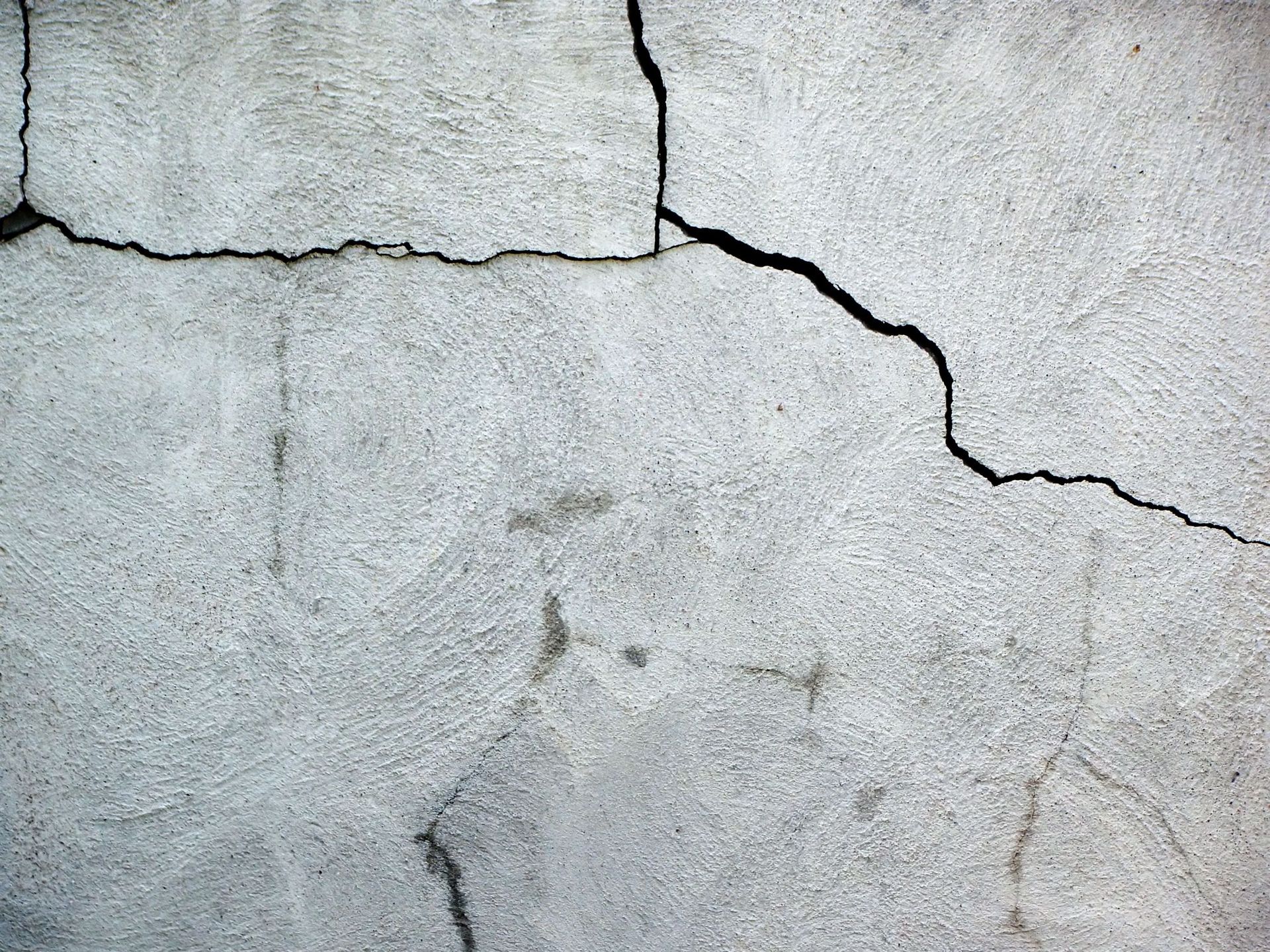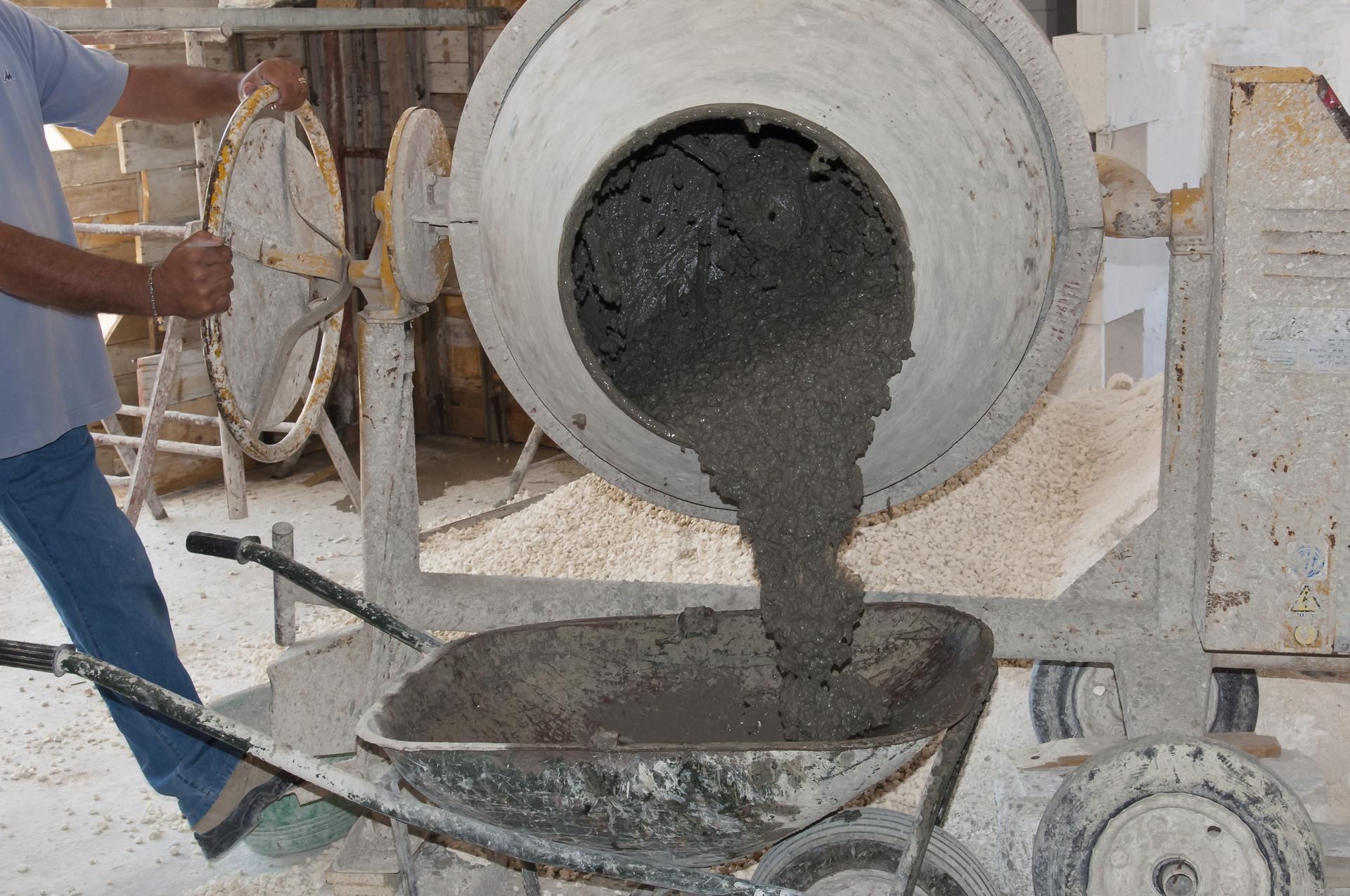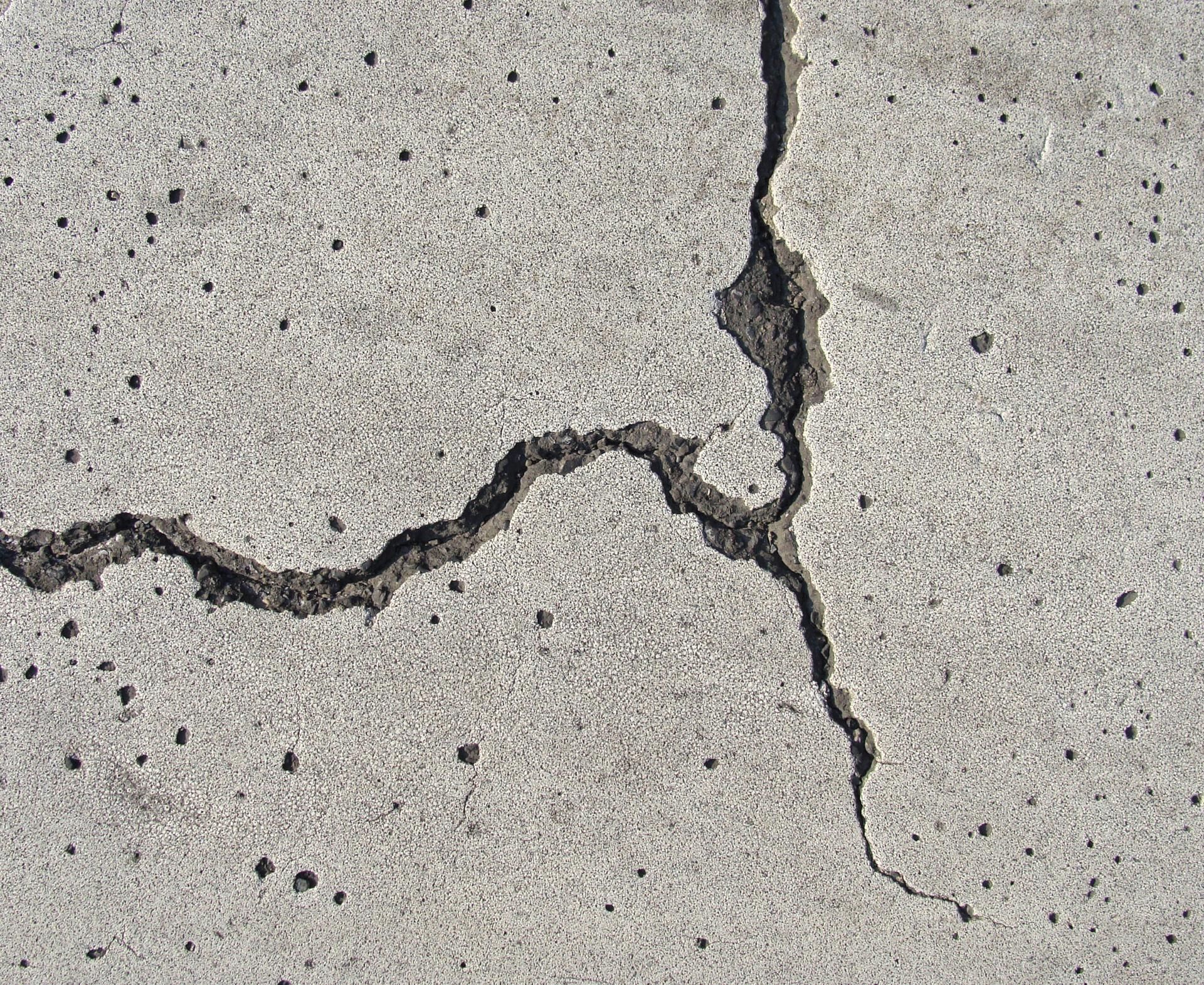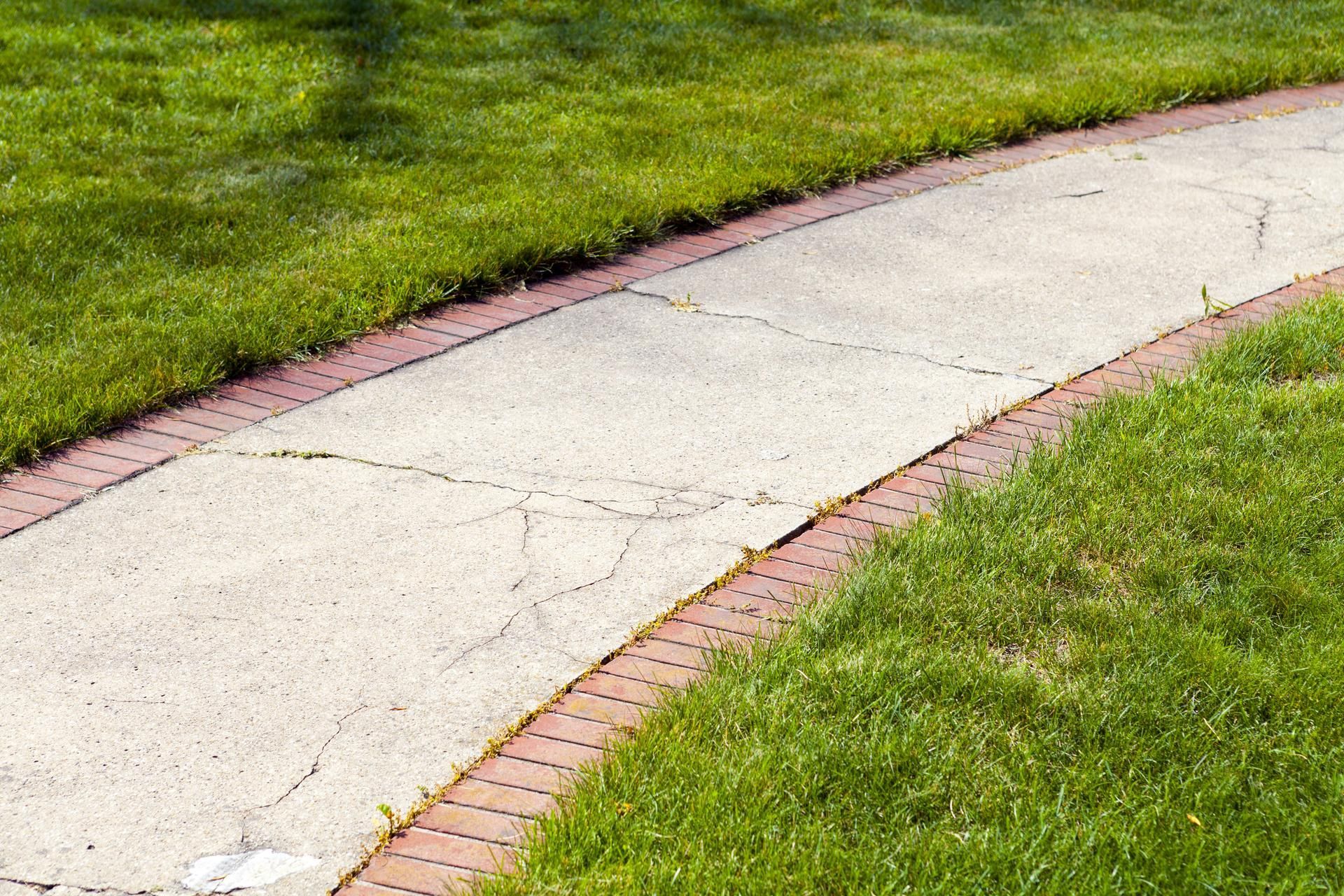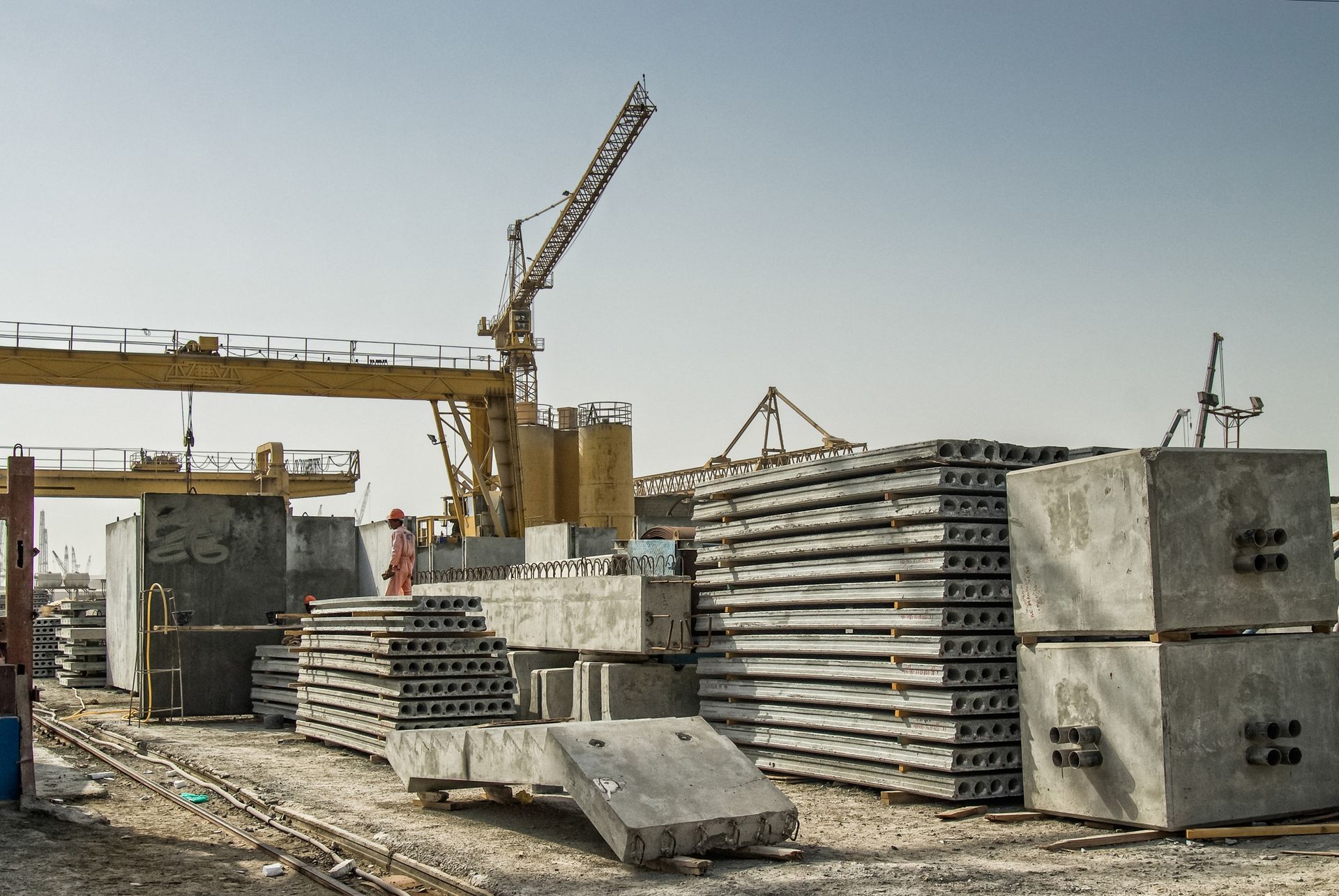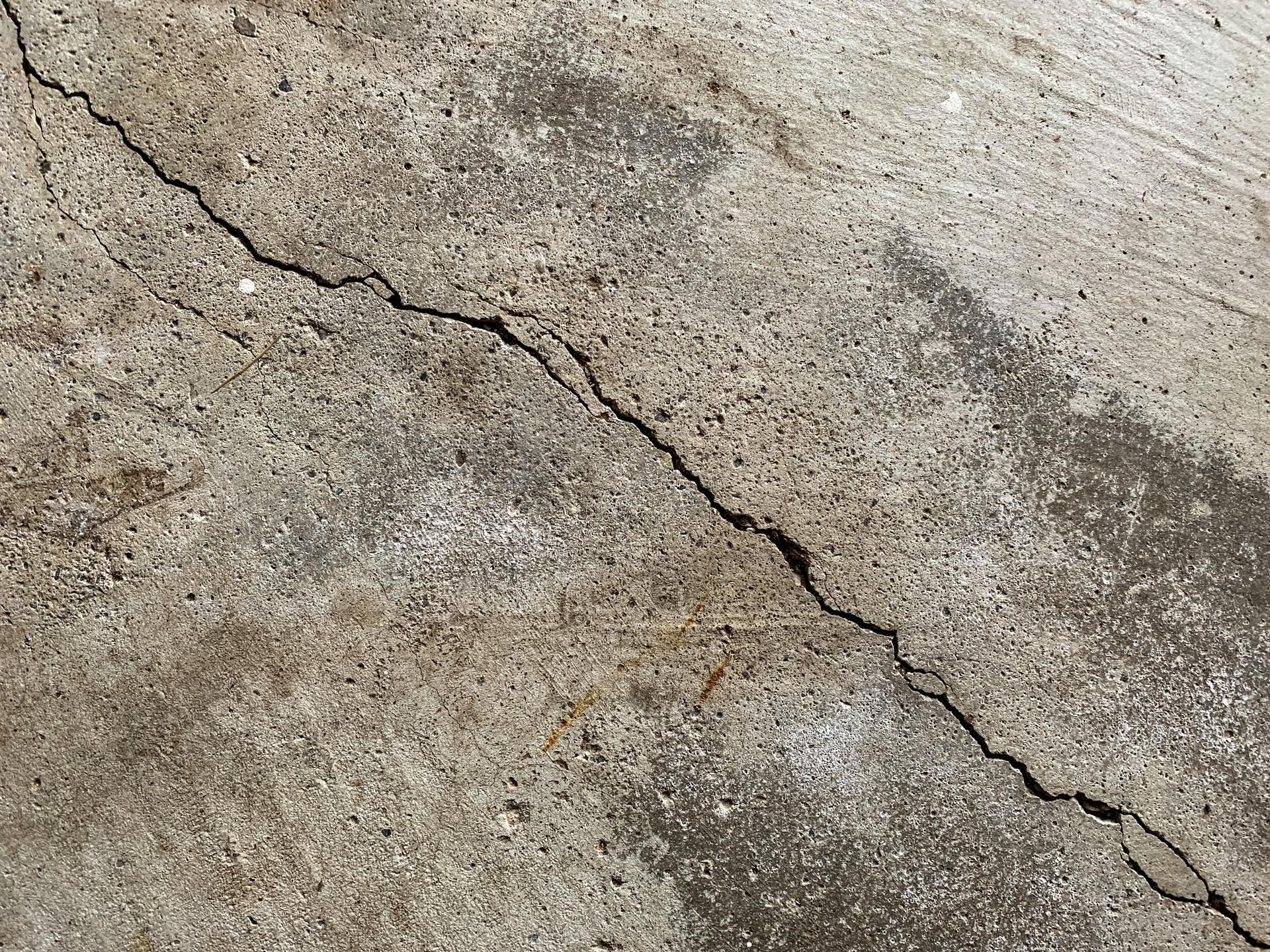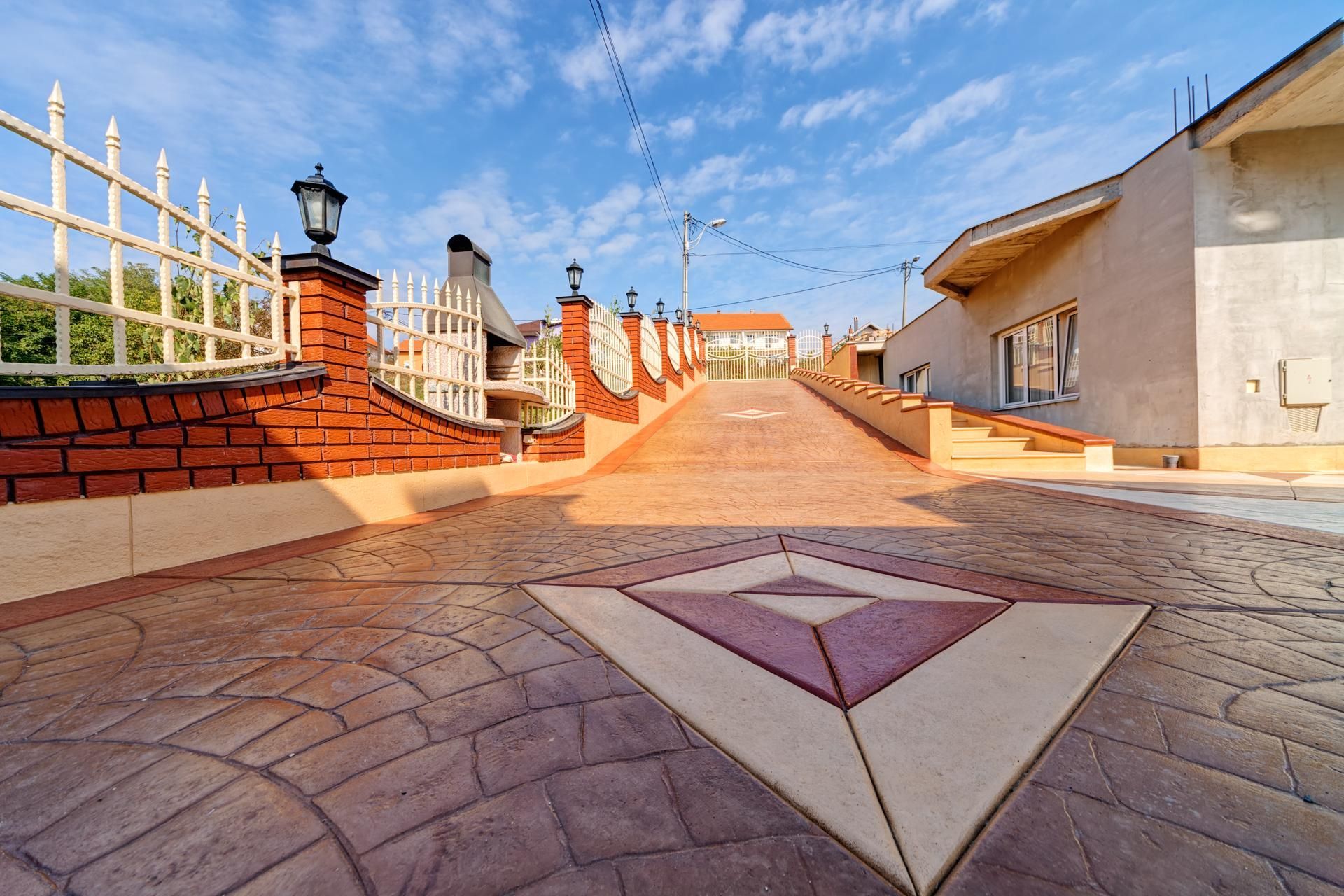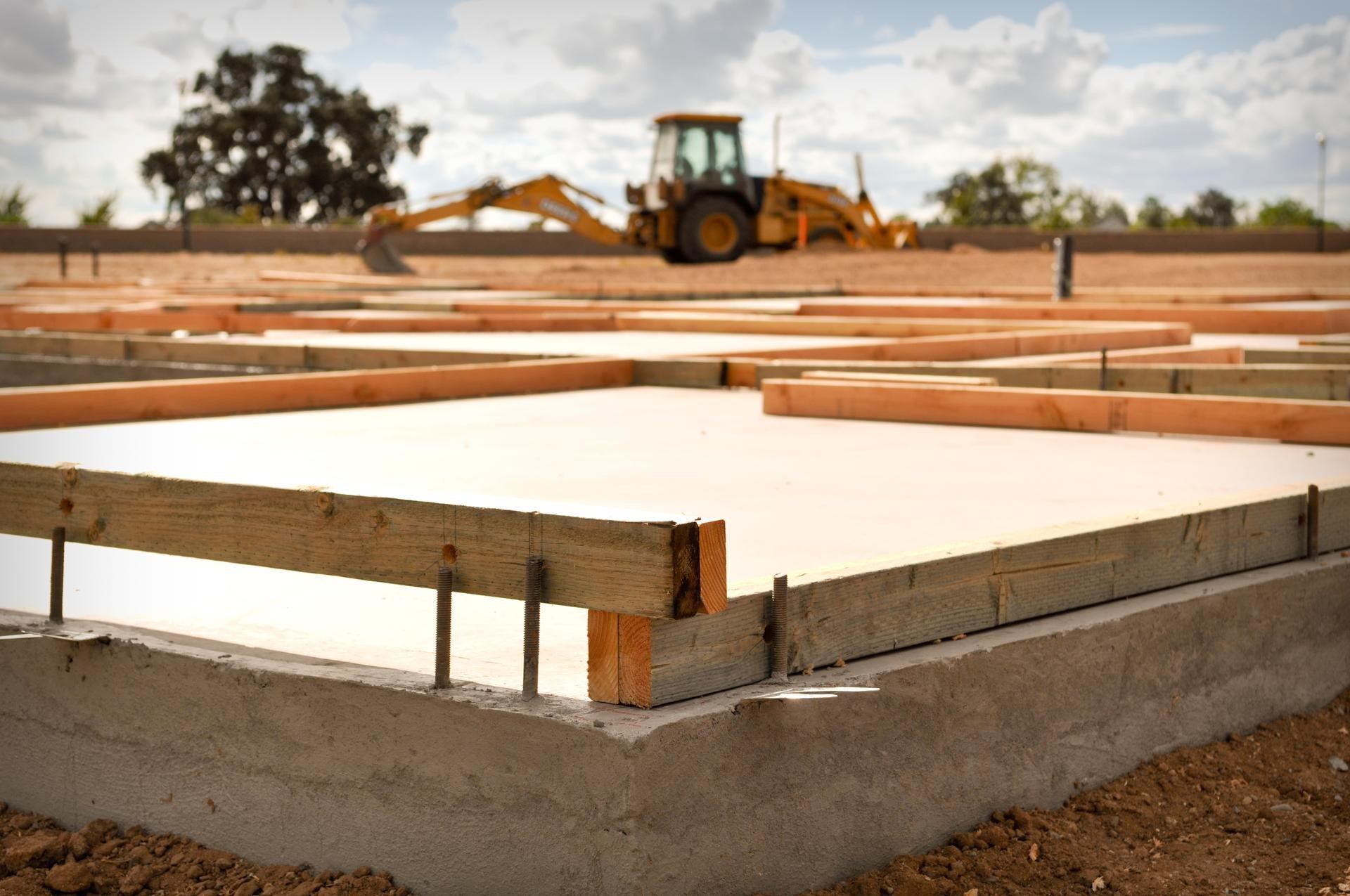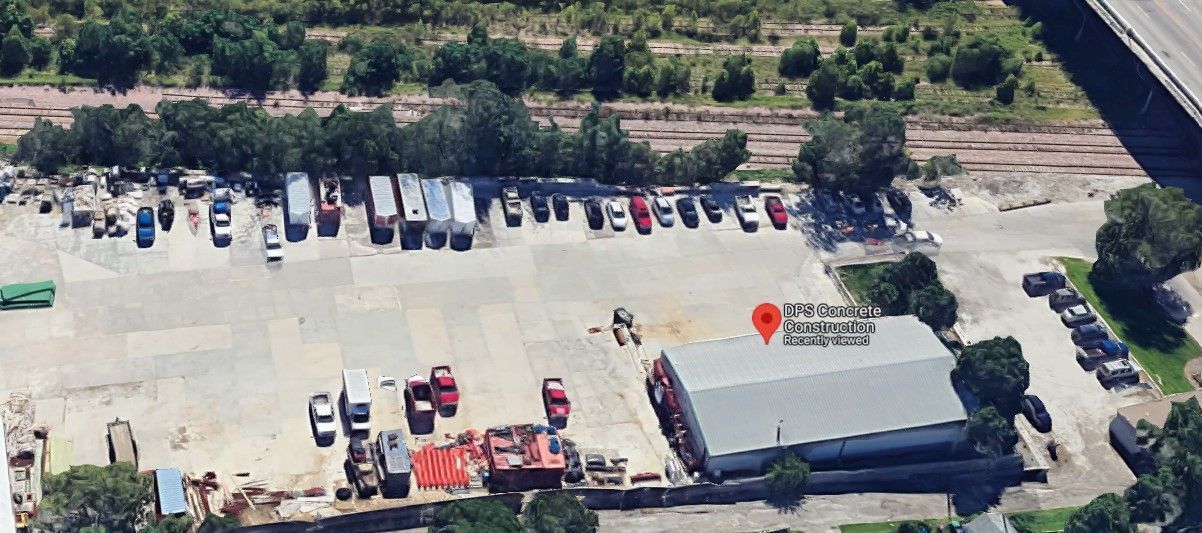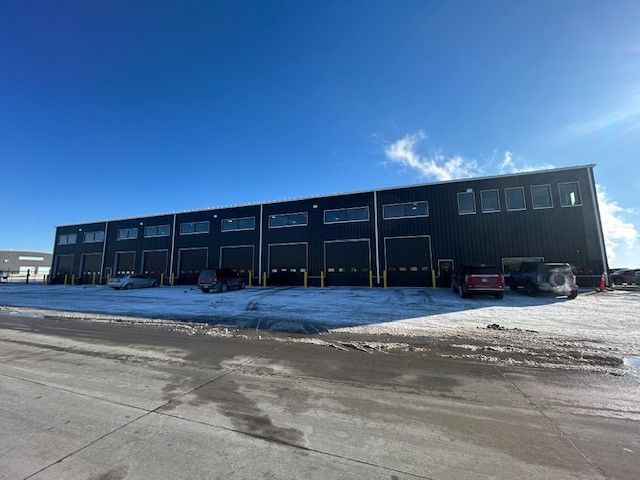Hot Tar and Joint Sealant in Commercial Projects
Hot tar and joint sealant play a critical role in commercial construction, particularly in protecting structures from water damage and extending their lifespan. Selecting the proper materials and applying them correctly ensures their effectiveness in sealing joints, improving structural integrity, and maintaining durability. This guide outlines the when, where, and how of using hot tar and joint sealant in commercial projects, along with best practices and safety tips.
Applications of Hot Tar and Joint Sealant
Roofing and Waterproofing
Hot tar is widely used in commercial roofing systems, particularly for built-up roofs (BUR). This material creates a strong, waterproof barrier that protects against leaks and harsh weather. When paired with felt layers, hot tar forms a durable roof structure, ideal for flat or low-sloped buildings. Adding joint sealant to vulnerable areas like flashing or seams reinforces these efforts, minimizing the risk of water ingress.
Pavement and Concrete Repairs
For concrete or asphalt pavements, joint sealants prevent water from seeping into cracks and causing structural damage. These materials are also used to accommodate natural expansion and contraction in concrete, ensuring long-term stability. From parking lots to industrial floors, applying joint sealant reduces maintenance costs while enhancing surface durability.
Expansion Joints in Commercial Structures
Modern commercial buildings incorporate expansion joints to handle temperature changes or building shifts. Applying joint sealant to these joints not only fills gaps but also provides flexibility and elasticity, allowing the structure to adapt without cracking or losing strength.
Benefits of Hot Tar and Joint Sealant
Enhanced Durability
Hot tar and joint sealant help safeguard commercial structures by preventing water infiltration, which is often the leading cause of damage. Waterproof systems protect roofing and concrete surfaces, extending their functional life.
Cost Efficiency
Using these materials reduces the need for frequent repairs and mitigates problems like leaks, corrosion, and surface degradation. Preventative sealing saves companies from hefty repair bills down the road.
Improved Structural Integrity
Sealants ensure that joints and seams remain intact even under pressure from environmental factors. By bridging gaps and reinforcing weak points, these solutions maximize the stability and safety of a structure.
Best Practices for Effective Results
Choose the Right Materials
Different projects require specific formulations of tar and sealant. For instance, a high-traffic parking lot may need a more durable sealant compared to a residential driveway. Consulting with a professional can help you identify products that offer the best performance for your specific needs, whether it’s for roofing, concrete repair, or expansion joints.
Follow Manufacturer Guidelines
Each product comes with its own set of instructions tailored to maximize its effectiveness. Ignoring these guidelines can lead to subpar results and potential failures. Pay attention to recommended temperatures, curing times, and coverage limits. Adhering to these details ensures that the material performs as intended and extends its lifespan.
Invest in Quality Equipment
High-quality equipment ensures a more precise and uniform application, which is essential for achieving a professional finish. Using outdated or inadequate tools can result in uneven application, leading to potential issues such as leaks or premature wear. Investing in the right equipment not only improves the quality of your work but also enhances efficiency.
Hire Experienced Contractors
Experienced contractors are familiar with the latest techniques and best practices, which can help avoid common pitfalls and ensure a smooth installation process. Hiring skilled professionals can save you time and money in the long run by reducing the likelihood of errors and the need for future repairs.
Hot tar and joint sealant play an essential role in the longevity and integrity of commercial structures. From safeguarding roofs to reinforcing concrete joints, these materials provide reliable solutions for preventing water damage and maintaining structural strength. By understanding when to use them, following proper application techniques, and adhering to best practices, contractors can maximize their effectiveness. For complex projects, hiring experienced professionals ensures optimal results and long-term benefits.
Contact us today to learn more about our services and how we can provide the solutions you need for your next project.

